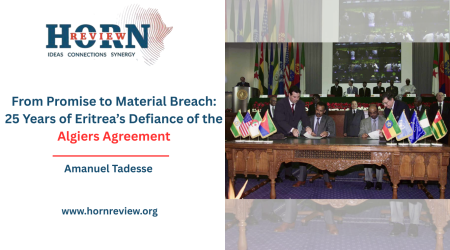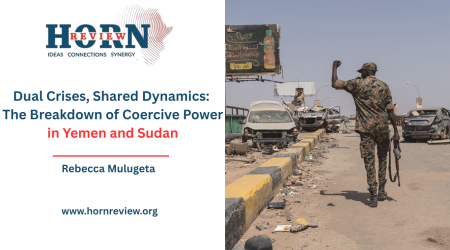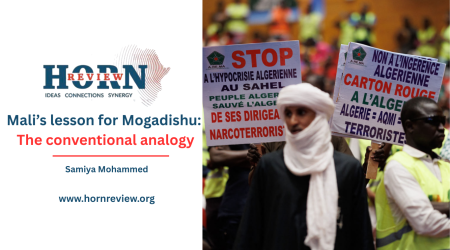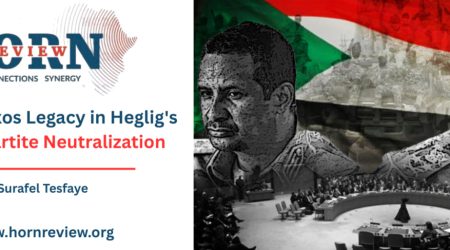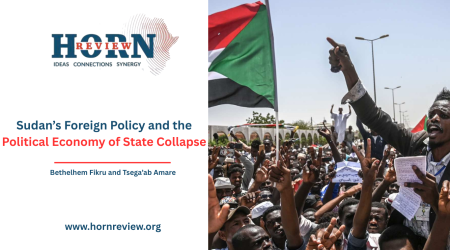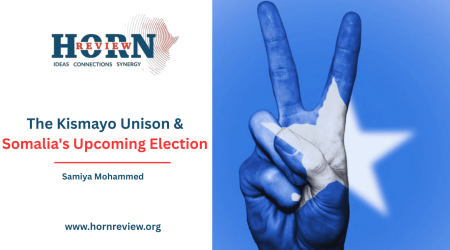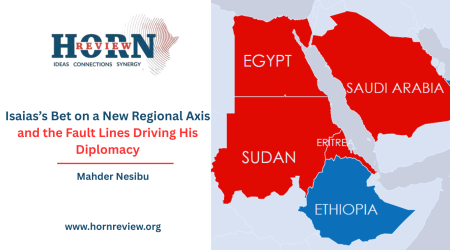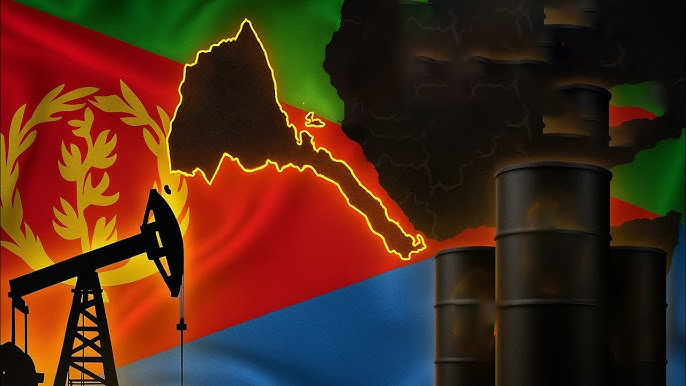
11
Oct
The 1993 Divorce: Eritrea’s Past and the Ogaden’s Promise
Nationalized, Then Lost
The inauguration of the first phase of the Ogaden Liquefied Natural Gas Project in Calub represents a seminal moment in Ethiopia’s political economy. The project’s initial phase, bringing an annual output of 111 million liters of LNG is integrated with a 1,000 MW power generation facility, a $2.5 billion oil refinery in Gode and a urea fertilizer plant established in partnership with the Dangote Group of Nigeria. This integrated energy prop up by an investment of $10 billion effectively monetizes natural gas reserves initially identified in the 1970s. This achievement, however, is situated within a historical and geopolitical matrix, prodding a re-examination of resource sovereignty and territorial legacy in the Horn of Africa.
The development of the Ogaden Basin must be contextualized within its history. The initial discovery of hydrocarbons in the Calub and Hilala fields by American corporations in the 1970s was abruptly curtailed by the political transition of 1977. The subsequent nationalization of these assets by Derg regime while an assertion of state prerogative over natural resources resulted in an elongate period of operational stasis. The basin’s potential remained largely dormant for decades. The present strategic focus represents a policy recalibration where previous plans prioritized export oriented development, contemporary objectives are fundamentally directed toward domestic industrialization and energy security. The reported mid 2025 cessation of export oriented financing models shows a practical turn towards prioritizing endogenous economic growth and infrastructural development.
A comprehensive understanding of Ethiopia’s current energy posture necessitates an examination of the geopolitical reconfiguration following the secession of Eritrea. The formal attainment of Eritrean sovereignty on May 24, 1993, following a UN-administered referendum, precipitated a critical alteration of Ethiopia’s territorial and resource base. This event resulted in the juridical transfer of the Red Sea littoral and its associated maritime zones areas with demonstrable hydrocarbon potential from Ethiopian to Eritrean sovereignty.
The resource potential of the Red Sea Basin has a documented historical provenance. The region’s modern exploration history originates in the colonial period, initiated by Italian imperial ambitions in the 1880s. The Hewett Treaty facilitated the transfer of territories, including Massawa and the Dahlak Islands, setting the stage for Italian colonial administration over an area exceeding 125,000 square kilometers. Early geological surveys and shallow drilling activities conducted in the 1920s and 1930s, as documented in technical publications such as GeoExPro, identified numerous oil seeps and provided preliminary evidence of substantive hydrocarbon systems. These investigations, though commercially inconclusive at the time, established the regions geological prospectively. Consequently, the modern state of Eritrea inherited not only sovereignty but also the latent resource endowment of these territories, an endowment that was historically integrated within the Ethiopian polity.
This reveals a parallel in the assertion of resource sovereignty, albeit under divergent political circumstances. The Eritrean state’s acquisition of the Red Sea Basin’s resources in 1993 represent instances where control over subsoil assets was fundamentally redefined through political upheaval.
This historical juxtaposition invites analytical scrutiny to interrogate the historical equities of resource distribution. The early exploratory work in the Red Sea region, conducted during periods of Italian colonial oversight and within a broader Abyssinian, Ethiopian geopolitical context constituted a form of patrimonial investment by the antecedent state. The severance of this territory through secession effectively partitioned this resource legacy. The critical inquiry, therefore, is one of advocating for territorial revisionism, and of examining the extent to which the current distribution of resource wealth accounts for the historical patterns of territorial integrity and state succession.
The operationalization of the Ogaden gas project is a testament to Ethiopia’s resilience and its strategic commitment to leveraging domestic resources for national development. This achievement shows a critical road in reducing external energy dependencies and catalyzing broad based industrial growth. However, this progress inevitably stimulates a retrospective analysis of the region’s geopolitical history. For Ethiopia, the development of the Ogaden represents the realization of a long-deferred potential. At the same time, it shows the historical loss of a complementary resource base in the Red Sea.
Ethiopia’s path forward is focused on the intensive development of its extant territorial assets, as demonstrated in the Ogaden. Nevertheless, the nation’s resurgence prompts a scholarly and reflective discourse on the long term consequences of territorial partition and the legacy of resource patrimony in the Horn of Africa.
By Samiya Mohammed, Researcher, Horn Review


